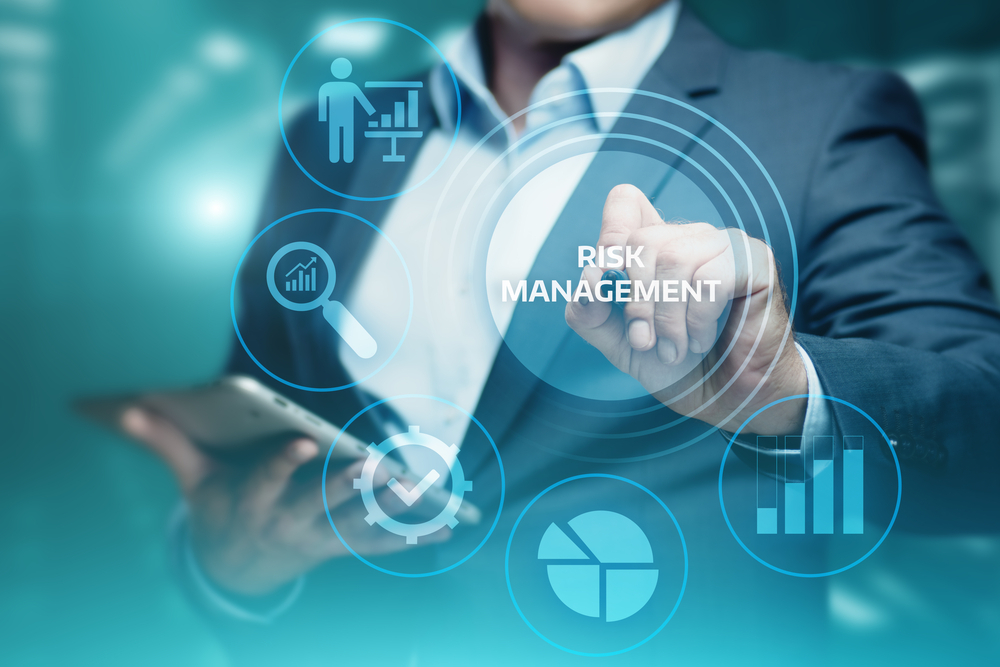Business performance management refers to the techniques a business uses to measure performance, calculate the results from the relevant parties, and work on those outcomes. Business performance management solutions might incorporate automation, data integration, prescient investigation, financial preparation, analytics, reporting and more.
Business performance management is a combination of various management and analytical cycles with the integration of technology. Numerous associations these days have recognized the significance and value, provided by the upgrade of business performance management achievement. For the outcome of any association, there should be estimation, checking and analysis for them to arrive at their ideal performance level. Consequently, to upgrade or deal with the Business Performance of an association, Business processes ought to obviously imagine the exercises that will guarantee that the objectives of the association are reached really and proficiently. Accomplishing a powerful essential objective in any organization will require business improvement models such as business processes inside the association performance level as this will upgrade the measurement of the performance, which will ultimately elevate the development and advancement to the organization.
Here’s take a look at the benefits of Business Performance Management.

Benefits of Business Performance Management:
Tracking different KPIs
Key performance indicators (KPIs) have a vital impact in laying out essential objectives across the business landscape. By allowing organizations to pursue priorities, KPIs can assist with smoothing out processes, increase benefits, and providing a bigger outline of the organization’s performance.
Aligning objectives to measurements
Business objectives are major, everlastingly guaranteeing that you’re moving towards positive change, subsequently why organizations set KPIs in any case. Yet, there will frequently be a distinction between KPI measurements and the objectives that drive business processes forward.
A more extensive view
Assuming you’re attempting to manage data from a wide scope of information sources, then you have no genuine opportunity to acquire the far-reaching view essential for fruitful executions and oversight. By comparison, a one-size-fits-all data distribution centre that your whole group can utilize will improve processes.
Indeed, even with complex business structures and various areas to consider, this is a certain way to less difficult cycles you can deal with – all without adding to your all-around serious responsibility.
Actionable insights
Insightful data collection from the past has centered around wide-scale measurements with minimal genuine significant concentrations, yet that isn’t the case now. Bi is coming to the front.
These knowledge stages likewise assist managers with focusing on and smoothing out the information they view, hence guaranteeing admittance to helpful and significant data without the pressure and responsibility that normally comes close by additional nonexclusive huge data collection.
Conclusion:
By organization with an objective, vision and point of further developing their Business Performance Management through the improvement of their Business Process to make an arrangement of the organization Business Strategy and objectives and goals. Business performance management enjoys the benefit of working with the production of key objectives and at the same time giving the supporting activities expected to guarantee the set objectives are lined up with the organization’s strategy. The vast majority of these essential objectives are made by thinking about some key performance indicators and objective that has an extensive constructive outcome for the organization. Furthermore, these indicators will then, at that point, be related to the functional measurements and performance measurements can consequently be laid out for incentive and strategic decision making.
Having a strong business performance management solution interaction setup implies that one will have better communication with employees, further developed efficiency, and more engagement, better customer satisfaction and effective work adding to the objectives of your business. Implementing the right business performance management technique is a significant initial phase in bringing the best results to the organization. Claptek’s business performance management experts help you to provide the best solution for your organization.









